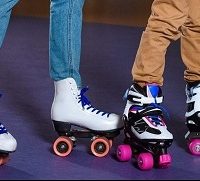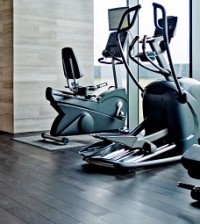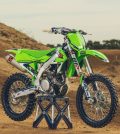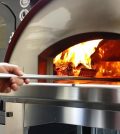All You Need to Know About Buying a Barbell
- Tweet
-
- Pin It
There’s nothing more frustrating than seeing low-cost gyms using bad-quality barbells that bend after someone puts on a considerable amount of weight plates on them. Not only do they impact how people perform the exercises and the general outcome of them, but they’re also a safety hazard. A barbell should bend when it’s put under extreme stress, but it should go back to its initial form once the weight plates are removed. That being said, if you’re looking to buy barbell bar, consider one made of quality materials like alloy steel.
When looking to buy barbell bar, you’ll come across three basic types – Olympic bars, powerlifting bars, and hybrid bars. The main difference between powerlifting and Olympic bars is in the knurling. Powerlifting ones have more aggressive knurling that helps with gripping them, and the markings for the grip are wider than those on Olympic bars. Furthermore, they’re stiffer, and some models are even longer and bend similarly to Olympic bars.
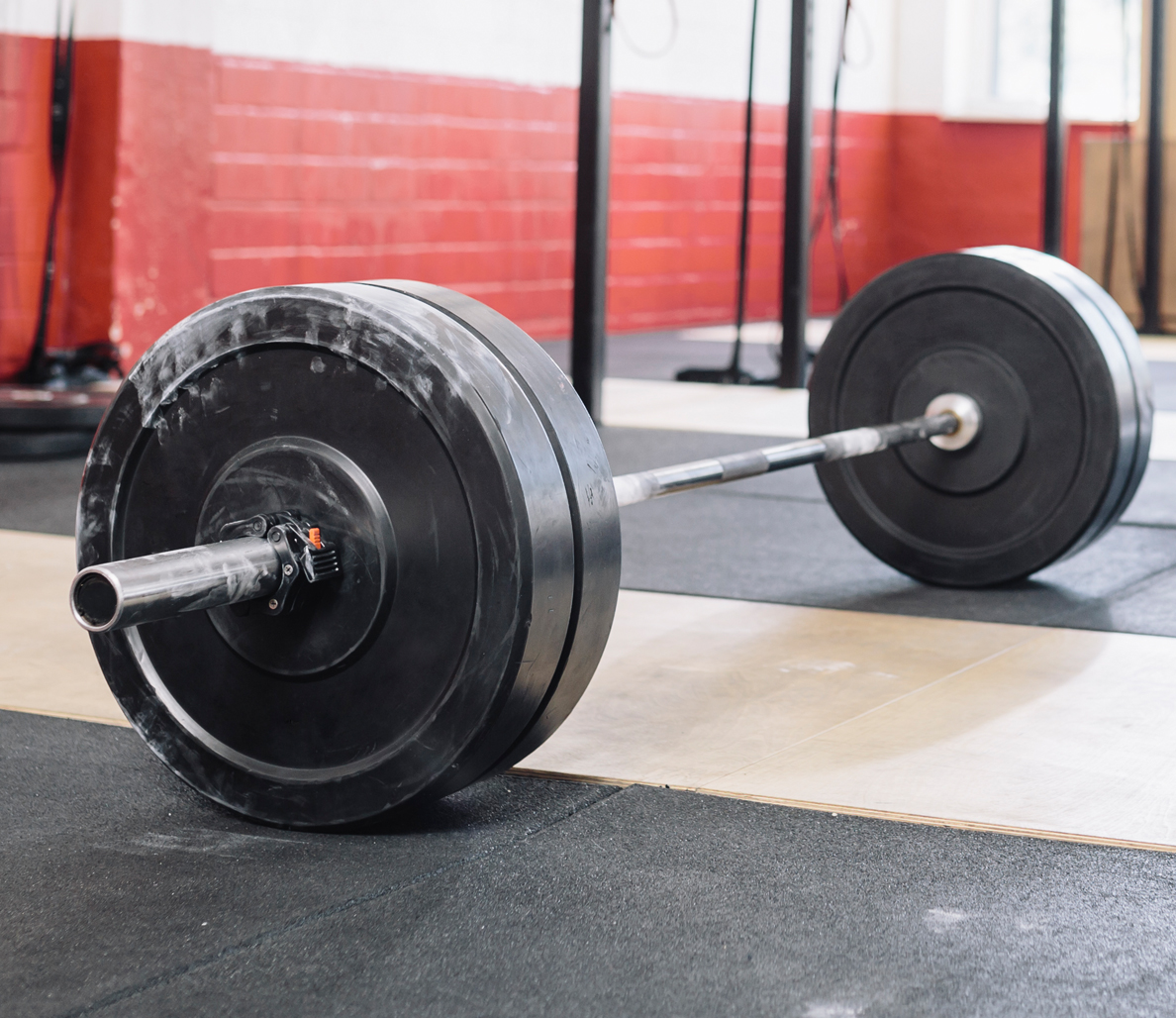
Olympic bars, on the other hand, have less aggressive knurling and they provide less grip, but not as less as to tear your hands when performing transitional movements. These bars are more flexible and feature collars that spin. Hybrid bars try to combine the best of both worlds, and these are the bars you’ll find in most gyms. Depending on the model, they might have some spin and whip, making them ideal for people who like various types of lifting.
Regardless of what type of bar you end up going for, you have to consider its yield strength, tensile strength, whip, and sleeve. Some of these I mentioned briefly, while others are pretty self-explanatory. The yield strength, as you may guess, refers to the amount of weight you can put on the bar for it to bend, and then not bend when you set it straight. The tensile strength, on the other hand, refers to the weight required to completely break the bar apart. If you’re not a heavy lifter, then these factors aren’t as relevant for you as they are for heavy lifters.
The whip represents the bounce that occurs as the lifter stops moving while the bar’s momentum continues. This is important for transitioning between a clean and a jerk. Experienced lifters bounce the bar off their chest and take advantage of the bend’s momentum to help propel it into the jerk position. Skinnier bars typically have more whip.
And last but not least, the sleeve of the bar are the mechanics that impact the spin of the bar. You can choose between bushings and bearings. Bushings are solid materials typically made of brass that have low friction, while bearings are small needles of balls within a sleeve and they roll, thus allowing for a faster spin.
Related Posts
- Rugged Revamp: Upgrading Your Dirt Bike with High-Quality Aftermarket Plastics for Ultimate Protection and Style
It’s a fact: dirt, motocross, and enduro riders know...
- April 26, 2024
- The Sound of Tradition: An In-Depth Look at the Fender Telecaster Series
In the realm of electric guitars, few instruments hold...
- April 16, 2024
- Professional and Stylish: How to Select the Right Men’s Uniform for Your Business
What kind of picture do you want to present...
- April 9, 2024
- Warehouse Organisation: The Role of Stillages in Streamlining Operations
If you’re a business owner who deals with goods,...
- April 8, 2024
- 5 Thoughtful and Practical Gifts for New Parents
Welcoming a new baby into the world is an...
- March 29, 2024
- Wood Fired vs Gas Pizza Ovens: Which One Should You Get?
If you love pizza, then owning an oven designed...
- March 26, 2024


